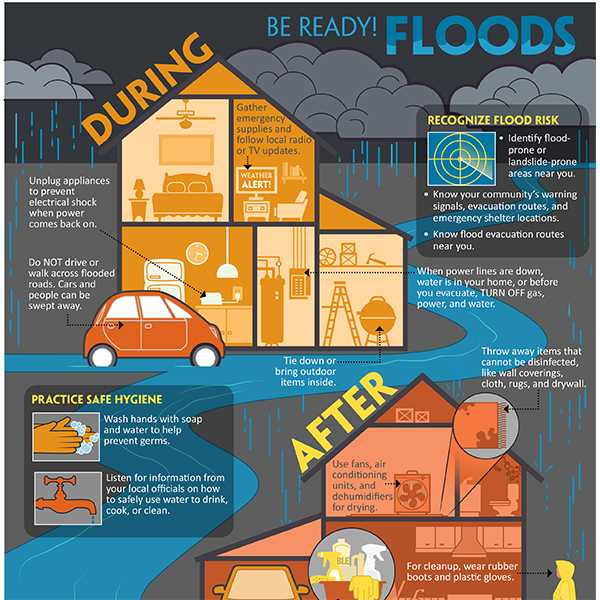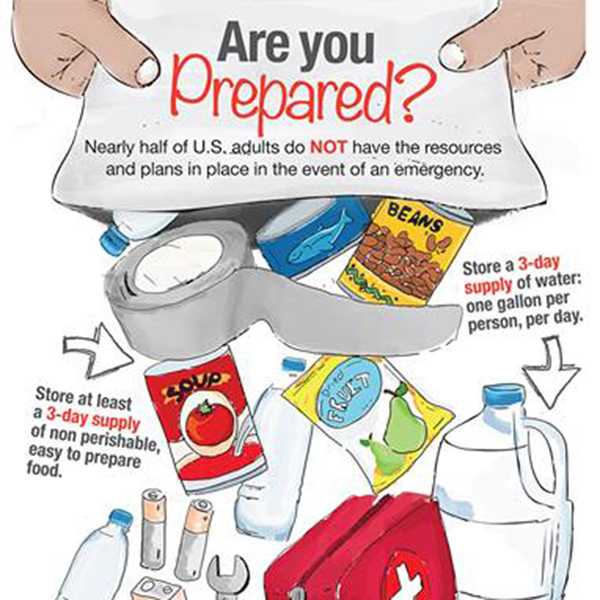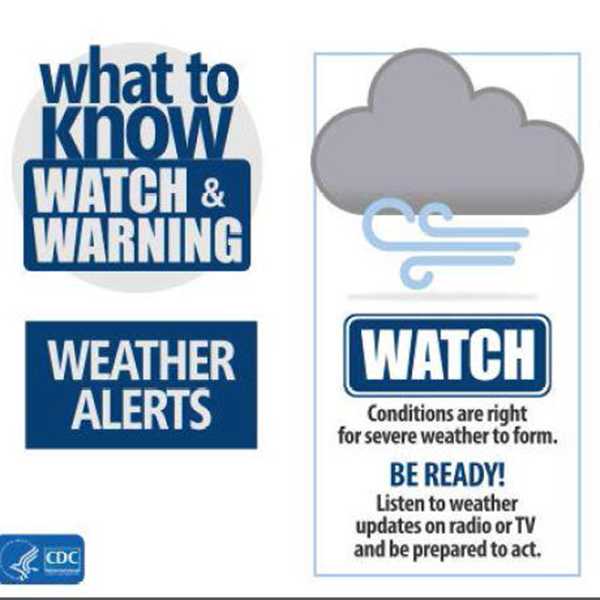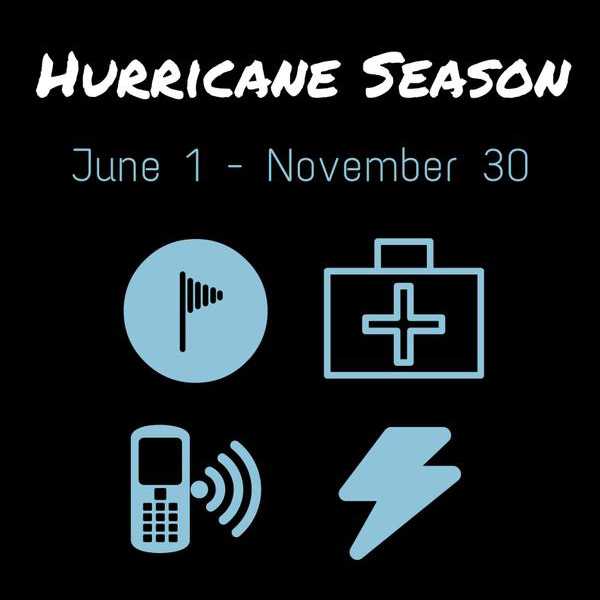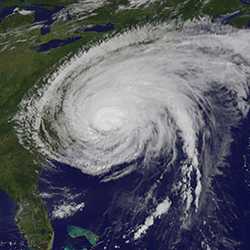Be Ready for Hurricane Season
Learn Tips to Help Keep You Safe During Hurricane Season
Hurricanes are dangerous and destructive weather events that can cause catastrophic damage to coastlines and several hundred miles inland. Hurricanes can produce winds exceeding 155 miles per hour as well as tornadoes. According to the Federal Emergency Management Agency, a hurricane is a type of tropical cyclone or severe tropical storm that forms in the southern Atlantic Ocean, Caribbean Sea, Gulf of Mexico, and in the Pacific Ocean.
All Atlantic and Gulf of Mexico coastal areas are subject to hurricanes. Parts of the Southwest United States and the Pacific Coast also experience heavy rains and floods each year from hurricanes spawned off Mexico. The Atlantic hurricane season lasts from June to November, with the peak season from mid-August to late October. The Eastern Pacific hurricane season begins May 15 and ends November 30. Hawaii is part of the Central Pacific, and is subject to a tropical cyclone season of June 1 to November 30.
Do you live in a coastal area at risk for hurricanes? If so, the Centers for Disease Control and Prevention (CDC) encourages you to prepare for hurricane season. The Atlantic hurricane season is June 1 through November 30 each year. Below are some important hurricane readiness tips from CDC:
- Avoid flooded areas: Take precautions before, during, and after a flood.
- After a hurricane: Learn how to avoid injuries and make sure your food and water are safe.
- Prepare for a hurricane: Take basic steps now to ensure your safety should a storm hit.
- Get emergency supplies: Stock your home and your car with supplies.
- Make a plan: Create a family disaster plan.
- Prepare to Evacuate: Never ignore an evacuation order.
- Don’t evacuate, if you are ordered NOT to: Get through the storm in the safest possible manner.
- Protect older adults: Understand older adult health and medical concerns.
- Protect your pets: Ensure your pet’s safety before, during, and after an emergency.
- Prevent carbon monoxide (CO) poisoning: Place generators outside at least 20 feet away.
Even if there’s no risk of a hurricane right now, it’s important to be safe and plan ahead. Get tips on how to stock up on supplies and plan for emergencies.
Contact Information
NCEH/ATSDR Office of Communication
(770) 488-0700
envhealthmedia@cdc.gov
Related Links
Before:
Be ready for #hurricane season! Prepare your home & car in case you have to evacuate: http://1.usa.gov/1SgVRnl
Get ahead of the storm w/ our #hurricane infographic full of tips to make your home hurricane ready: http://1.usa.gov/1MNbra9
You can’t stop a hurricane, but you can take steps to protect yourself & family before it hits. http://1.usa.gov/1YL29fw
Get ready for #hurricane season & make sure your supplies are stocked! Here’s a quick list to help you out: http://1.usa.gov/1Vqfxrm
With #EventHashtag brewing, it’s a good time to update your emergency kit. http://1.usa.gov/1Vqfxrm
Follow these tips from @ASPCA to keep your pet safe if a #hurrincane strickes: http://bit.ly/215dxEJ
During:
During a #hurricane watch, cover windows & doors. Learn how to protect your home. http://1.usa.gov/1MNbra9
#Hurricanes can cause storm surge to travel several miles inland, threatening lives & property. Be prepared: http://1.usa.gov/1YL29fw
Flooded roads? Never drive through roads covered in water. Nearly half of #flood fatalities occur in vehicles. http://1.usa.gov/1WKwyMn
Listen to local authorities for what to do during heavy #flooding. Never ignore an evacuation order. http://1.usa.gov/1O1O7ib
After:
Stay safe during #hurricane cleanup. Learn how: http://1.usa.gov/22TG3Zj
After a #hurricane, throw out foods that may not be safe. When in doubt, throw it out! http://1.usa.gov/214wHdR
Learn how to disinfect water when a #hurricane makes tap water unsafe. http://1.usa.gov/214wHdR
Hand washing is part of disaster cleanup, too. Wash hands before handling food & whenever you stop working. http://1.usa.gov/2484aWw
Keep your family safe from #COpoisoning after #hurricanes. Learn how: http://1.usa.gov/1UHo5Iz
- Page last reviewed: August 28, 2017
- Page last updated: August 28, 2017
- Content source:


 ShareCompartir
ShareCompartir

